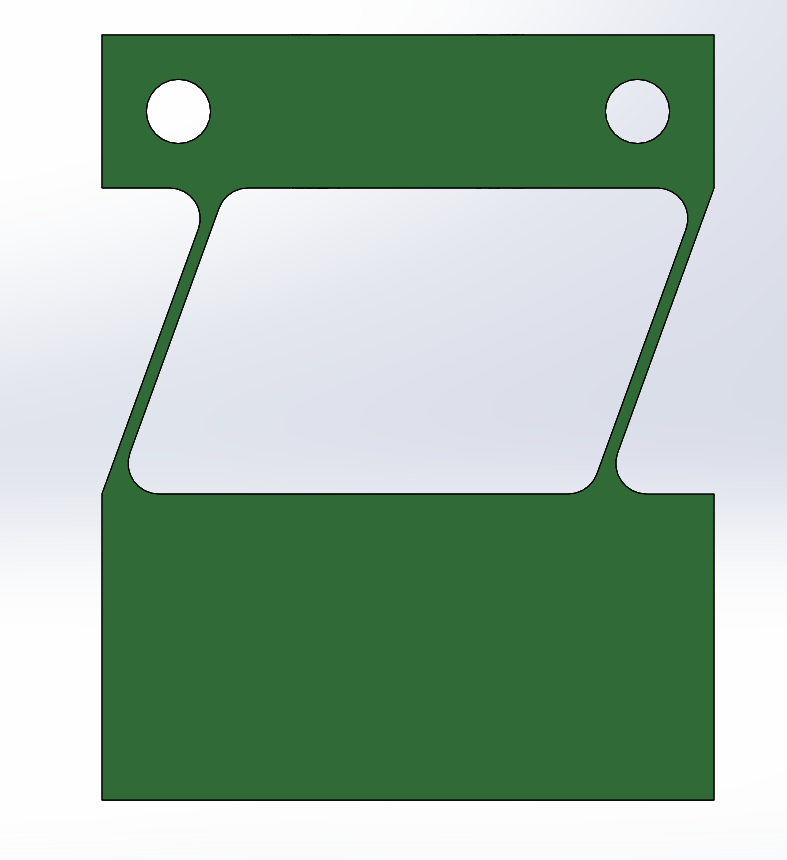A drum feeder generally consists of a few basic parts. For this introduction I am going to use the first usable video I can find on Youtube.
Drum
The first part of a drum feeder is, you guessed it, the drum. The drum agitates the parts and ribs in the drum transport parts higher into the drum. The parts are then dropped onto the next part of the drum feeder.
Linear track
The next part is the linear track, or the 'feeder' part. This can be a belt, but is more often some sort of linear vibration feeder. A vibration feeder works adding a vibration motor or electromagnet to the top of a shape like the one shown below. The bottom of this shape is firmly fixed. The angled ribs only allow the top part of the block to go up and left, and down and right. The friction while moving up and left is higher than the friction moving down and right, meaning the parts will go to the left when it is vibrating. I will show some prototypes and detailed workings later in this project.
There is a little bit more to it, with resonant frequencies and masses, but that is the basics of it. It is important to include a lot of mass on the stationary side of a vibrating conveyor. If you don't, both sides will vibrate an equal amount, and the linear feeder won't feed (I already had this in my experiments).

On the top of the shown block there is a track for the products you want to feed. This track has shapes built in that block badly oriented parts and drop them back into the drum. All the correct parts will then continue down the track, to the next part.
Separator
The last part it to add a separator or some other kind of tool to the end. Else there will just be an endless stream of products coming out of the feeder. Separators are a whole different story I won't be delving into right now. I will be using simple chutes for the first few experiments.
Discussions
Become a Hackaday.io Member
Create an account to leave a comment. Already have an account? Log In.